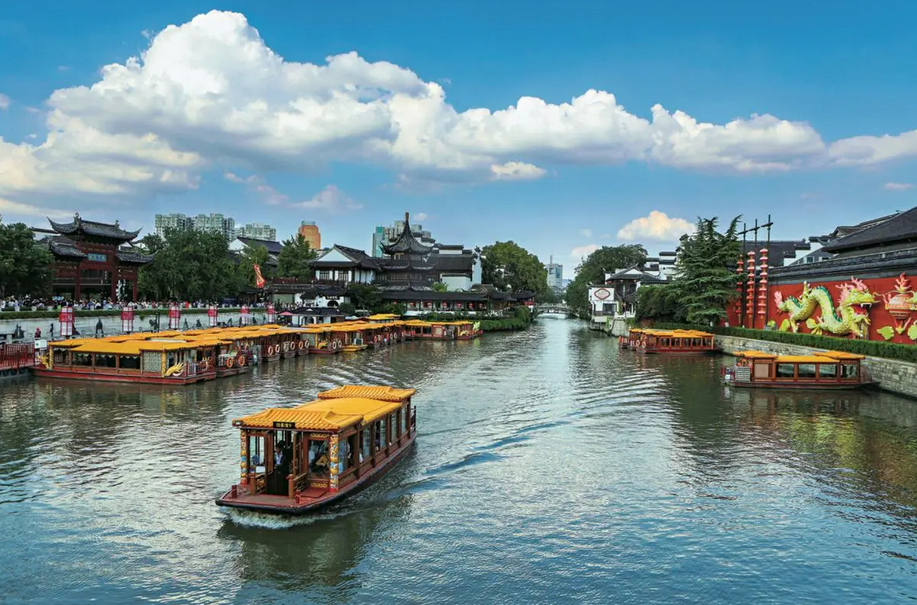Nestled along the banks of the Yangtze River, Nanjing is a city that seamlessly blends ancient history with modern vibrancy. As the capital of Jiangsu Province and one of China’s Four Great Ancient Capitals, Nanjing offers a treasure trove of cultural and historical experiences. Whether you’re a history buff, a nature lover, or simply looking to immerse yourself in the rich tapestry of Chinese culture, Nanjing has something for everyone. In this article, we will explore the top 10 things to do in Nanjing, from visiting the revered Dr. Sun Yat-sen Mausoleum to strolling along the ancient Nanjing City Wall, enjoying the scenic Qinhuai River, and exploring the historic Confucius Temple (Fuzimiao). Each of these attractions provides a unique glimpse into the city’s storied past and vibrant present, making Nanjing a must-visit destination for any traveler.
1. Dr. Sun Yat-sen Mausoleum
Dr. Sun Yat-sen Mausoleum is a must-see site located in the Purple Mountain Scenic Area. It is the final resting place of Sun Yat-sen, the founding father of the Republic of China, who played a pivotal role in overthrowing the Qing Dynasty. The mausoleum is an architectural marvel, blending traditional Chinese and Western styles. The approach to the mausoleum involves climbing 392 steps, symbolizing the 392 million people of China at the time of its construction. The site offers a panoramic view of the surrounding area, making the climb worthwhile.
Highlight: The grand sacrificial hall and the bronze statue of Sun Yat-sen are the main highlights. The mausoleum’s serene environment and historical significance make it a deeply moving experience.
Useful Tips: Visit early in the morning to avoid crowds and the midday heat. Wear comfortable shoes for the climb.
How to Get There: Take Tourist Bus Y1, Y2, or Y3, or Metro Line 1 to Xima Fang Station.
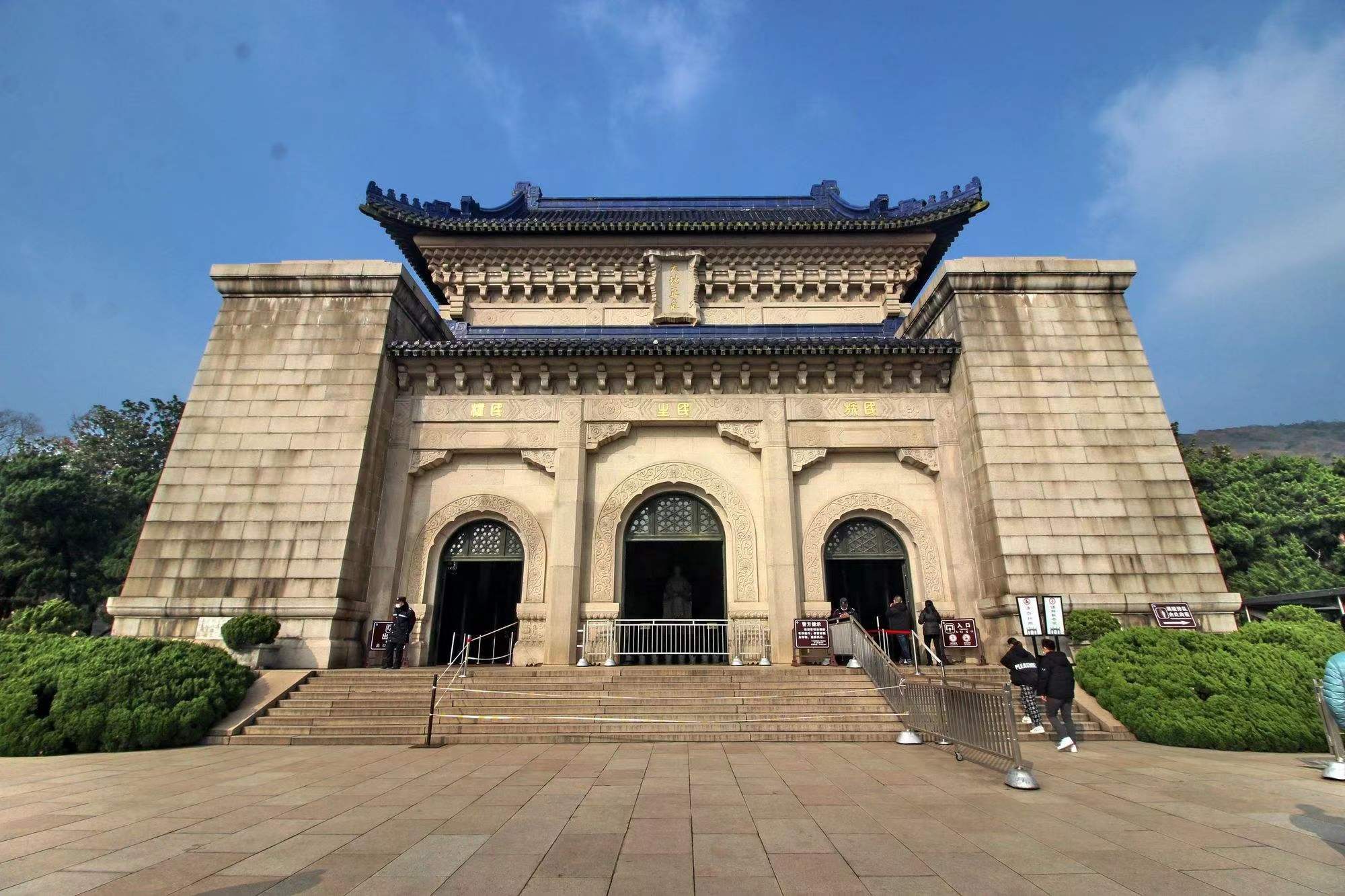
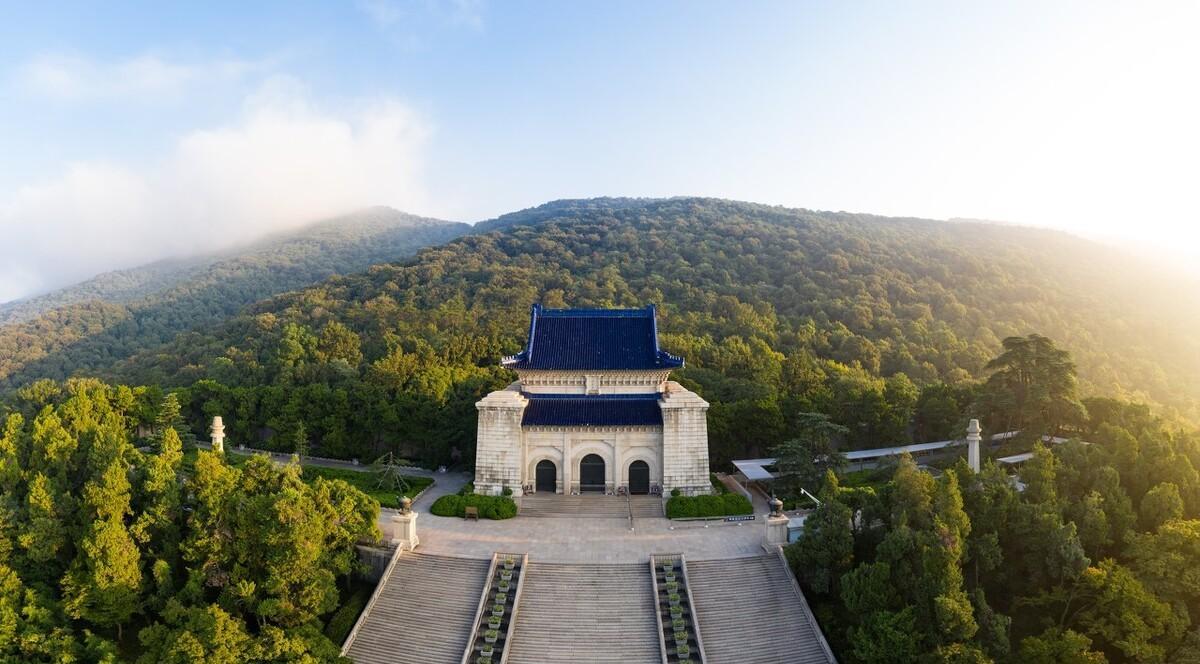
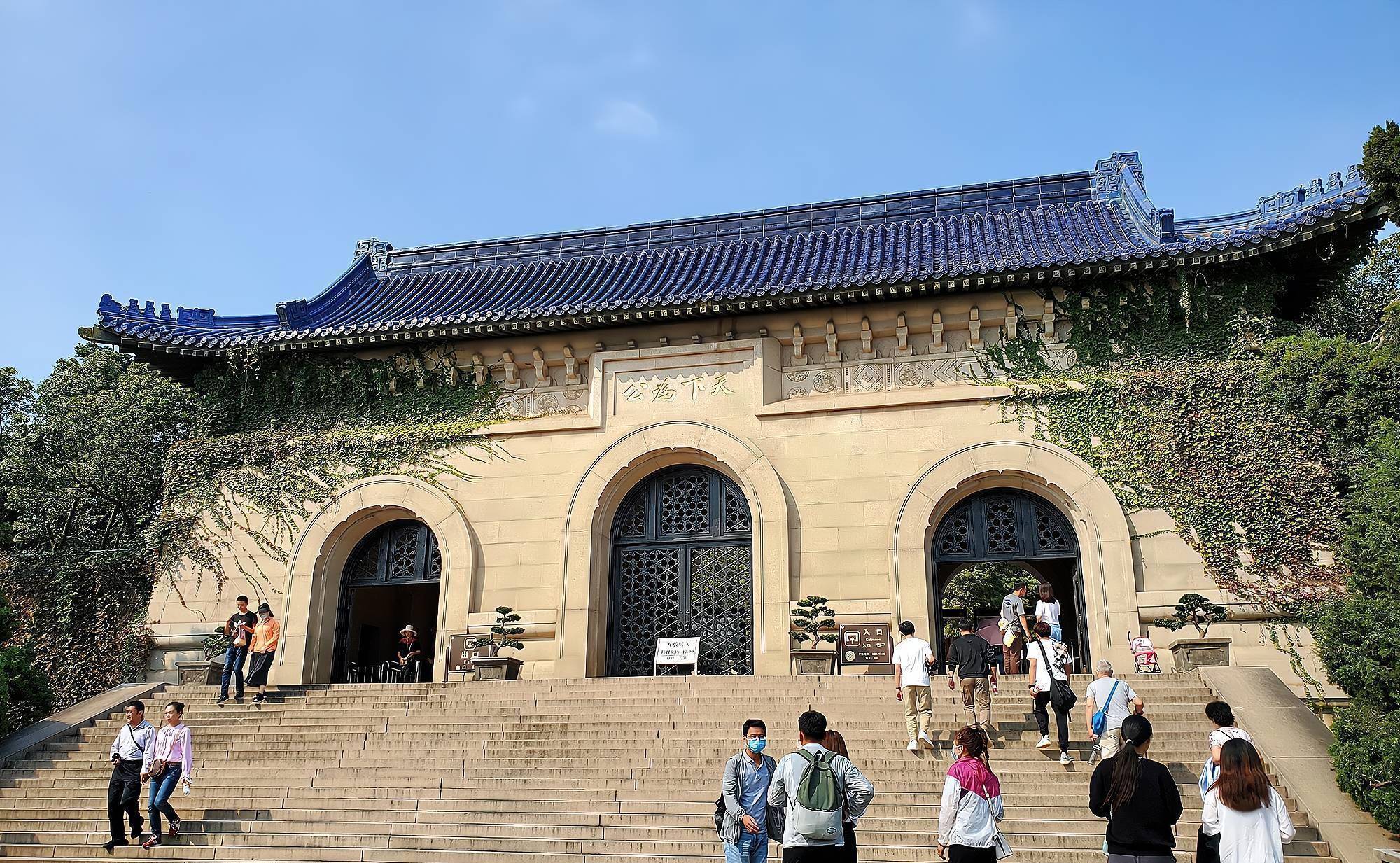
2. Nanjing City Wall
The Nanjing City Wall is one of the longest surviving city walls in the world, originally built during the Ming Dynasty. Stretching over 25 kilometers, it offers a glimpse into ancient military architecture and provides stunning views of the city. The wall was constructed using bricks that were inscribed with the names of the workers and officials responsible for their production, adding a personal touch to this historical monument.
Highlight: Walking along the wall offers panoramic views of Nanjing and the Qinhuai River. The Zhonghua Gate, a massive fortress, is a highlight of the wall.
Useful Tips: Bring water and wear comfortable walking shoes. The best time to visit is during the late afternoon when the lighting is perfect for photography.
How to Get There: Accessible via Metro Line 1, get off at Sanshanjie Station.
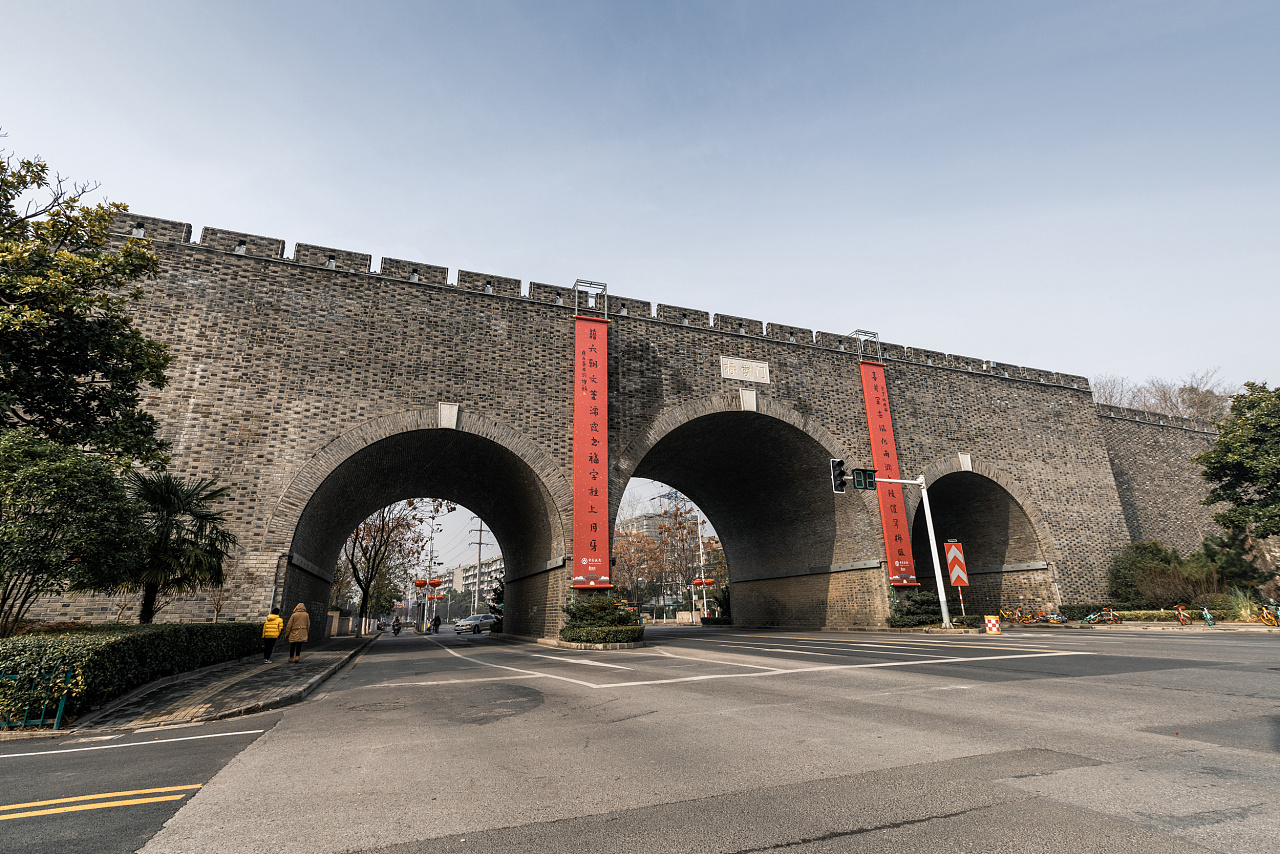
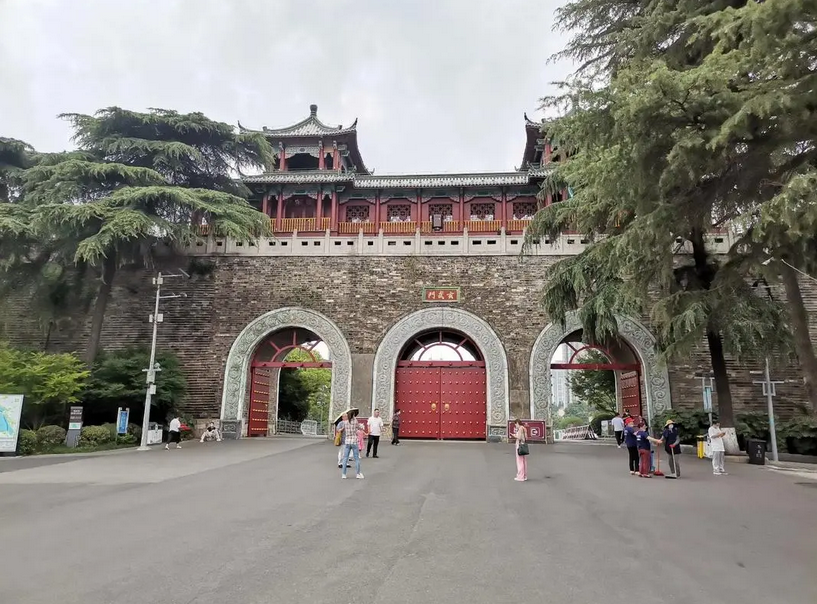
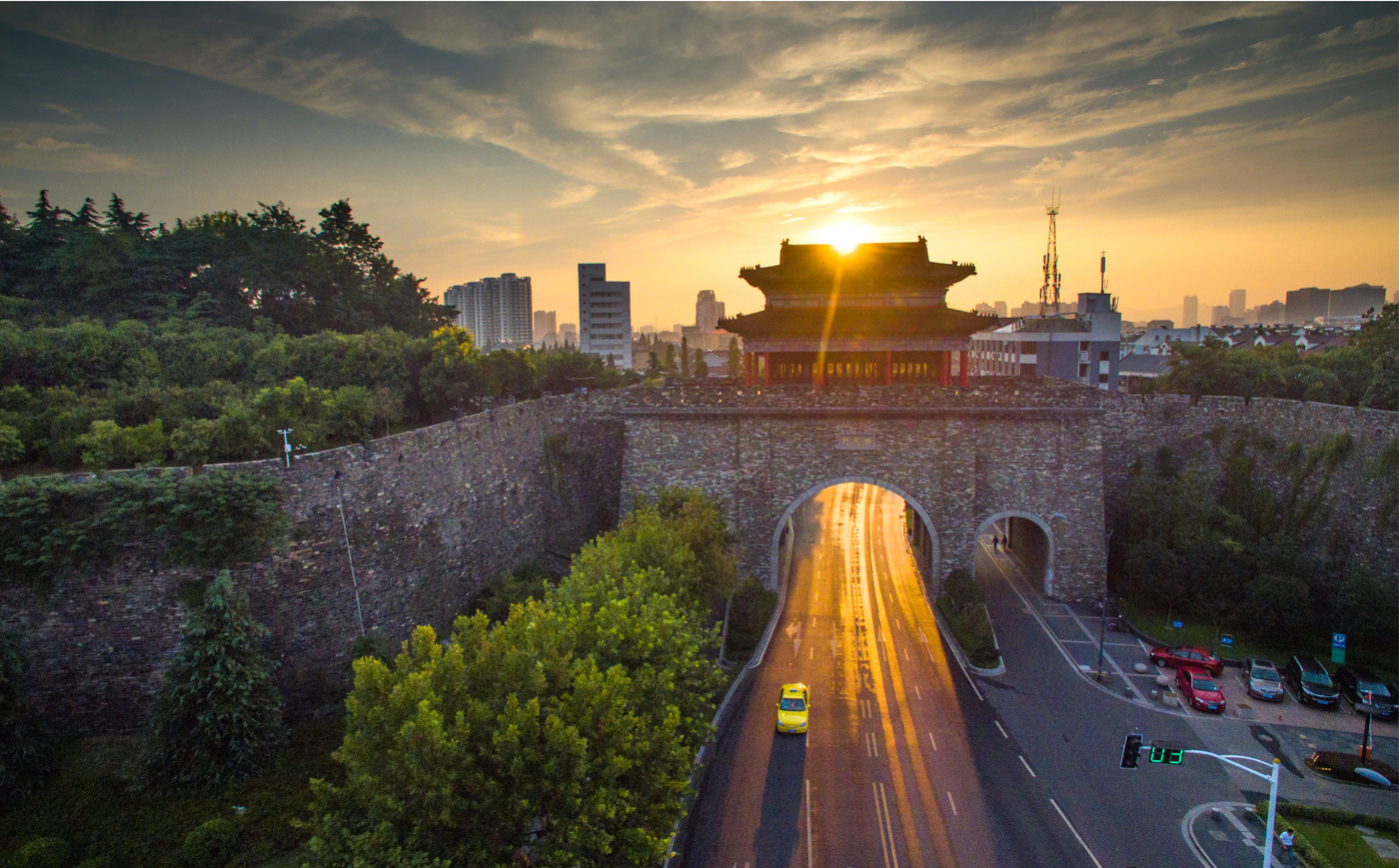
3. Qinhuai River
The Qinhuai River is the lifeblood of Nanjing, historically serving as a major commercial and cultural hub. Today, it is a popular tourist destination, especially the Confucius Temple area along its banks. The river is lined with traditional Chinese buildings, shops, and restaurants, offering a vibrant atmosphere both day and night. A boat ride on the river provides a unique perspective of the city’s historical and modern blend.
Highlight: The night view of the river, illuminated by lanterns, is particularly enchanting. The Confucius Temple area is a cultural highlight.
Useful Tips: Evening boat rides are highly recommended for the best experience. Bargain at the local shops for souvenirs.
How to Get There: Take Metro Line 1 to Sanshanjie Station.
4. Memorial Hall of the Victims in Nanjing Massacre
This solemn memorial commemorates the victims of the Nanjing Massacre, which occurred during the Second Sino-Japanese War. The memorial includes a museum with extensive exhibits, including photographs, documents, and personal testimonies that provide a harrowing account of the events. The site also features sculptures and a large park, offering a place for reflection and remembrance.
Highlight: The Osseous Remains Display and the Historical Material Display are particularly impactful.
Useful Tips: Allocate at least two hours to fully explore the exhibits. The memorial can be emotionally intense, so prepare accordingly.
How to Get There: Take Metro Line 2 to Yunjin Road Station.
5. Confucius Temple (Fuzimiao)
The Confucius Temple, or Fuzimiao, is a cultural and historical landmark dedicated to Confucius, the great Chinese philosopher. The temple complex includes the Jiangnan Examination Hall, where scholars once took imperial exams, and the Qinhuai River, which adds to the scenic beauty. The area is bustling with shops, restaurants, and traditional performances, making it a lively spot to explore.
Highlight: The temple’s architecture and the vibrant night market are major attractions.
Useful Tips: Visit in the evening to enjoy the illuminated buildings and lively atmosphere. Try local snacks from the street vendors.
How to Get There: Take Metro Line 1 to Sanshanjie Station.
6. Ming Xiaoling Mausoleum
The Ming Xiaoling Mausoleum is the tomb of the Hongwu Emperor, the founder of the Ming Dynasty. Located at the southern foot of Purple Mountain, the mausoleum is known for its grand scale and intricate design. The Sacred Way, lined with stone statues of animals and officials, leads to the tomb, creating a majestic approach.
Highlight: The Sacred Way and the main tomb area are the highlights, showcasing Ming Dynasty architecture and artistry.
Useful Tips: Wear comfortable shoes for walking. The best time to visit is in the spring or autumn when the weather is mild.
How to Get There: Take Tourist Bus Y3 or Metro Line 2 to Muxuyuan Station.
7. Nanjing Museum
The Nanjing Museum is one of the largest museums in China, offering a comprehensive overview of Chinese history and culture. The museum’s extensive collection includes ancient artifacts, ceramics, paintings, and calligraphy. The modern exhibition halls and interactive displays make it an engaging experience for visitors of all ages.
Highlight: The ancient artifacts and the Ming and Qing Dynasty exhibits are particularly noteworthy.
Useful Tips: Allocate at least half a day to explore the museum thoroughly. English descriptions are available for most exhibits.
How to Get There: Take Metro Line 2 to Minggugong Station.
8. Presidential Palace
The Presidential Palace in Nanjing served as the office of the President of the Republic of China before the capital was moved to Beijing. The palace complex includes traditional Chinese gardens, Western-style buildings, and historical exhibits detailing the political history of modern China. It offers a unique blend of architectural styles and historical insights.
Highlight: The main building and the gardens are the primary attractions, offering a glimpse into the political history of China.
Useful Tips: Visit early to avoid crowds. Guided tours are available and recommended for a deeper understanding of the site’s history.
How to Get There: Take Metro Line 2 to Daxinggong Station.
9. Xuanwu Lake Park
Xuanwu Lake Park is a large urban park centered around Xuanwu Lake. The park features five interconnected islands, each with its own unique attractions, including pagodas, temples, and gardens. It is a popular spot for both locals and tourists to relax, exercise, and enjoy the natural beauty.
Highlight: The scenic boat rides and the panoramic views from the pagodas are the main highlights.
Useful Tips: Rent a bike or a boat to explore the park more thoroughly. The park is particularly beautiful in the spring when the cherry blossoms are in bloom.
How to Get There: Take Metro Line 1 to Xuanwumen Station.
10. Purple Mountain (Zhongshan Mountain National Park)
Purple Mountain, also known as Zhongshan Mountain, is a scenic area that houses several historical and cultural sites, including the Sun Yat-sen Mausoleum, Linggu Temple, and the Ming Xiaoling Mausoleum. The mountain is covered with lush forests and offers numerous hiking trails, making it a popular destination for nature lovers and history enthusiasts alike.
Highlight: The panoramic views from the mountain and the historical sites scattered throughout the area are the main attractions.
Useful Tips: Wear comfortable hiking shoes and bring water. Allocate a full day to explore the various sites within the park.
How to Get There: Take Tourist Bus Y1, Y2, or Y3, or Metro Line 2 to Muxuyuan Station.
These attractions offer a rich blend of history, culture, and natural beauty, making Nanjing a fascinating destination for travelers.
